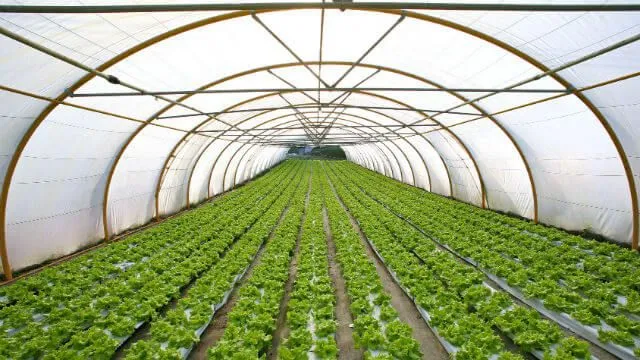
- Share on Facebook45
- Share on Pinterest
- Share on Twitter
Is it possible that an indoor farm in the Miyagi prefecture in Japan – housed in a former Sony factory – could revolutionize the future of agriculture? It certainly looks like an exciting possibility.
This farm – the largest indoor farm in the world – covers 25,000 square feet. The location of the farm is right-smack where the tsunami and earthquake hit in 2011, leading to the abandonment of the then-factory. As people needed food in post-disaster times, Shigeharu Shimamura decided to grow it.
Today, the farm produces a whopping 10,000 heads of lettuce each day, and amazingly, this is 100 times the yield per square foot of a traditional outdoor farm. If this doesn’t impress you, note that the indoor farm uses 99 percent less water, 80 percent less food, and 40 percent less power than outdoor agriculture.
On top of that, due to an innovative LED light system, Shimamura can grow his lettuce up to two and a half times faster than normal.
Regarding the large-scale benefits of the farm, the online publication, WebUrbanist.com, summarized:
“The beauty of this development lies partly in its versatility – since it deals in climate-controlled spaces and replicable conditions, a solution of this sort can be deployed anywhere in the world to address food shortages of the present and future.”
The publication continues:
“Saving space, indoor vertical farms are also good candidates for local food production in crowded and high-cost urban areas around the globe. Aforementioned strides in waste and power reduction also make these techniques and approaches far more sustainable and cost-efficient.”
 The idea is already catching on – versions of the farm are currently being constructed in Hong Kong, and there are plans in the works for future projects in Russia, Mongolia and China.
The idea is already catching on – versions of the farm are currently being constructed in Hong Kong, and there are plans in the works for future projects in Russia, Mongolia and China.
It is important to note that this type of indoor farming may not be as effective with plants which have greater nutrient needs, slower growing times, and higher light demands. Still, what is being done is quite amazing.
Can you imagine if a farm like this was entirely organic? It would be super-sustainability at its finest.
-The Alternative Daily
Sources:
http://weburbanist.com/2015/01/11/worlds-largest-indoor-farm-is-100-times-more-productive
http://www.sciencealert.com/this-indoor-farm-is-100-times-more-productive-than-an-outdoor-one
http://www.gereports.com/post/91250246340/lettuce-see-the-future-japanese-farmer-builds
https://www.thealternativedaily.com/why-we-need-organic-farming-to-save-our-earth
- Share on Facebook45
- Share on Pinterest
- Share on Twitter

